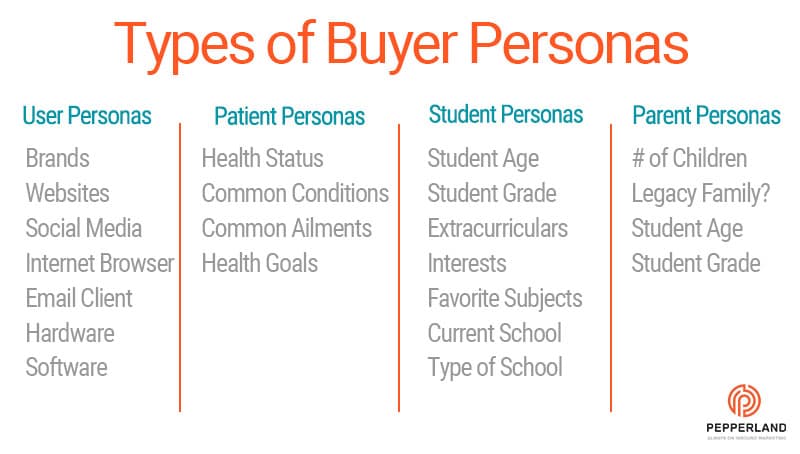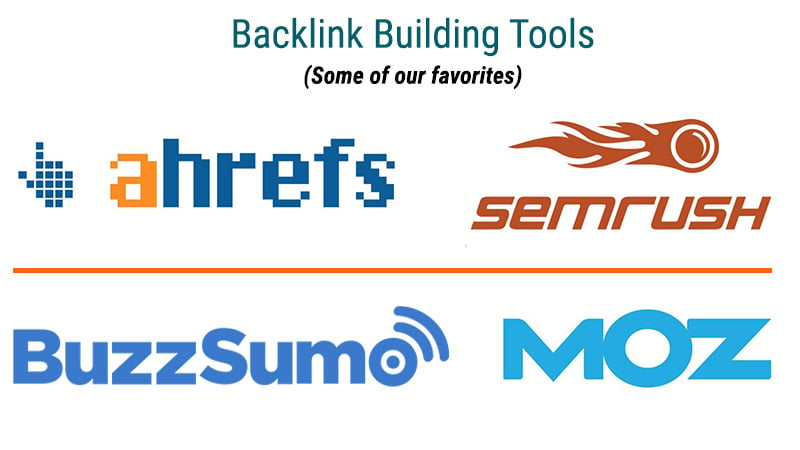Written By:
Tim Stobierski
Anyone involved in inbound marketing knows creating content is a key component of an effective inbound strategy. But you can’t just create any content: You’ve got to create high-quality content that your ideal buyer wants to read. In order to do this, your content will need a structured set of editorial guidelines. In the following article, we:
-
Define what editorial guidelines are
-
Explain why they’re important for content strategies
-
Provide a step-by-step guide for creating your own editorial guidelines
Depending on the size of your company or marketing team, it’s likely you have multiple people working to create content on a consistent basis. And, while it’s great to incorporate a full team dedicated to churning out a lot of content quickly, without a set of editorial guidelines, it can introduce problems.
That’s why establishing a universal, transparent system of guidelines is critical to creating successful content.
But first, what exactly do we mean by editorial guidelines?
Key Takeaways
Know your audience: Anchor guidelines in buyer personas to direct topic choices, tone, and value.
Define content specs: Set length, format, and SEO expectations so pieces suit persona needs and rank.
Nail the brand voice: List voice adjectives plus do’s and don’ts to keep every writer sounding consistent.
Standardize style rules: Document grammar, punctuation, numbers, and Oxford-comma decisions for uniform copy.
Cover links & media: Clarify internal/external linking limits and image/video standards to guide all asset types.
What are editorial guidelines?
Editorial guidelines are simply a set of rules that dictate the style, structure, and strategy for an organization’s brand and branding consistency when creating content.
Why are editorial guidelines important?
Editorial guidelines are important for a few reasons. Not only do they provide a roadmap for your content efforts, but by creating them, you can:
- Establish your ideal buyer personas as the cornerstone for all content
- Save time for everyone involved in the content creation process
- Ensure your content consistently conveys a single brand voice and brand identity
It’s important that every member of your team understands these guidelines in order to create high-quality content that’s inline with brand identity and marketing strategies.
How to Create Editorial Guidelines
So, now that you know what editorial guidelines are and why they’re important, it’s time to improve your marketing efforts by creating your own.
Pro Tip: Before creating editorial guidelines, make sure your marketing team uses an editorial calendar to plan, organize, and optimize content. We recommend using an SEO-driven editorial calendar for your content marketing efforts. Download our free editorial calendar template to get started.
Maximize your Content with our FREE Editorial Calendar Template
1. Understand your audience.
The first step in creating your editorial guidelines is going to be to understand the audience that you are trying to appeal to, as this is going to impact everything from the topics you write about to the tone you use. In essence, this just means applying your persona research to your content creation process. You already know the kind of person that your company sells to. Now you just need to reflect on this information every time you create a piece of content.
Put it into practice by making sure your content creators know who your personas are, and which persona each piece is content is targeting.

2. Determine the length of your content.
Reflecting on your persona research, you need to decide on the length that your contact will take. Is your persona extremely busy? Then short, bite-size content is probably the way to go.
Does your ideal buyer tend to be extremely detail-oriented and thorough? Then a comprehensive resource is probably more in line with the kind of content they want to see.
Keep in mind, too, that length of content may impact your search rankings to some extent. Though it only has a minimal impact, Google tends to reward content that is seen as more authoritative and “full,” which usually means it is at least 600 words in length.
3. Determine the voice (or tone) your content should take.
Voice and tone are extremely important parts of brand identity, and as such, they are something that your content creators need to get right. If they don’t, then you risk alienating your buyer, and that is certainly not something that anyone wants.
For example, if your company has created a hip identity that uses sarcasm and wit to attract millennials, you don’t want your content to come across as cold, stilted, and corporate. Likewise, if your audience is predominantly CEOs of Fortune 500 companies, you probably want your voice to be more professional than “fun.” Buzzfeed and Forbes cater to very different audiences, and their content reflects that. Yours should too.
In short, know your audience and write for them.
Additional Resources:
- 5 Brand Voice Examples to Inspire your Own
- 5 Goals your Content Marketing Should Serve
- How to Write a Long-Form Blog Post: 3 Tips
- How to Conduct a Brand Voice Audit
- What is a Brand Voice Chart, and How Do You Use One?
4. Settle on a house style.
If you want your content to be effective in building trust with your customers, then it needs to be written well. This means that punctuation, grammar, and spelling is clear, consistent, and correct in every single piece of content.
And while the basics of grammar and spelling are obvious, there are certain things that are more a matter of style or preference than clear-cut rules. You’ll need to settle these things ahead of time, and make your team aware of them, or else you’re going to be spending a lot of time editing content so that everything matches. Again, the issue here is consistency: By being consistent in your content creation, you reinforce a single brand identity.
Issues to consider here:
- When to spell out numbers and when to use digits (for example, “Always spell out numbers one through ten, and use digits for anything above ten.”
- Will your organization include the Oxford comma (also known as a serial comma)?
- If a sentence uses a colon, will you capitalize the first word after the colon
- Etc.
Again, there really is no right or wrong answer on these points. Consistency is the only thing that truly matters.
5. Explain your strategy with regards to links.
As you may have noticed in the beginning of this article, blog posts often include links to other websites or pages. This is fine. In fact, it’s great, because it makes it easier for the reader to learn more about certain topics. But every organization is going to have different rules in terms of links.
Things to keep in mind here are:
- How many links is too many?
- Should writers link to internal or external sources?
- Should a blog post ever link to a competitor?
Understanding link building and how it impacts your content’s SEO rankings can go a long way into boosting your marketing efforts overall.

6. Remember to include guidelines for all types of content.
We live in a multi-media world. Meaning the word “content” includes more than just t blog posts. It includes photos, illustrations, video, etc.
If your marketing efforts are going to include things besides text (and, really, they should!) then you need to make sure you outline your expectations for each of these kinds of content. For example:
- What are the ideal resolution and dimensions of images?
- Should writers supply potential images for content that they submit?
- Make sure that photos supplied by writers are either open source or from free stock photo sites, or you could be opening yourself up to legal issues.
- How many frames per second (fps) should a video be supplied at?
Enhance your Content with Editorial Guidelines
I have to admit, I have a background in publishing, and that makes me much more of a stickler when it comes to editing. But no matter your background, if your goal is to create high-quality content that will attract viewers and leads to your website, then your team needs to be working from the same list of guidelines.
And, as previously mentioned, the best way to make your editorial guidelines as transparent as possible is to create content using an editorial calendar.
In addition to providing the framework for future optimizations and growth, an editorial calendar works as the ultimate point of reference for your team when it comes to creating content that aligns with your brand and styling—regardless of the format.
This not only enhances your content with a more efficient, timely creation and editing process, but it also builds trust with potential buyers in your sales funnel.
Ready to get started? Check out our content marketing services at Pepperland, or feel free to contact us if you have any questions!








